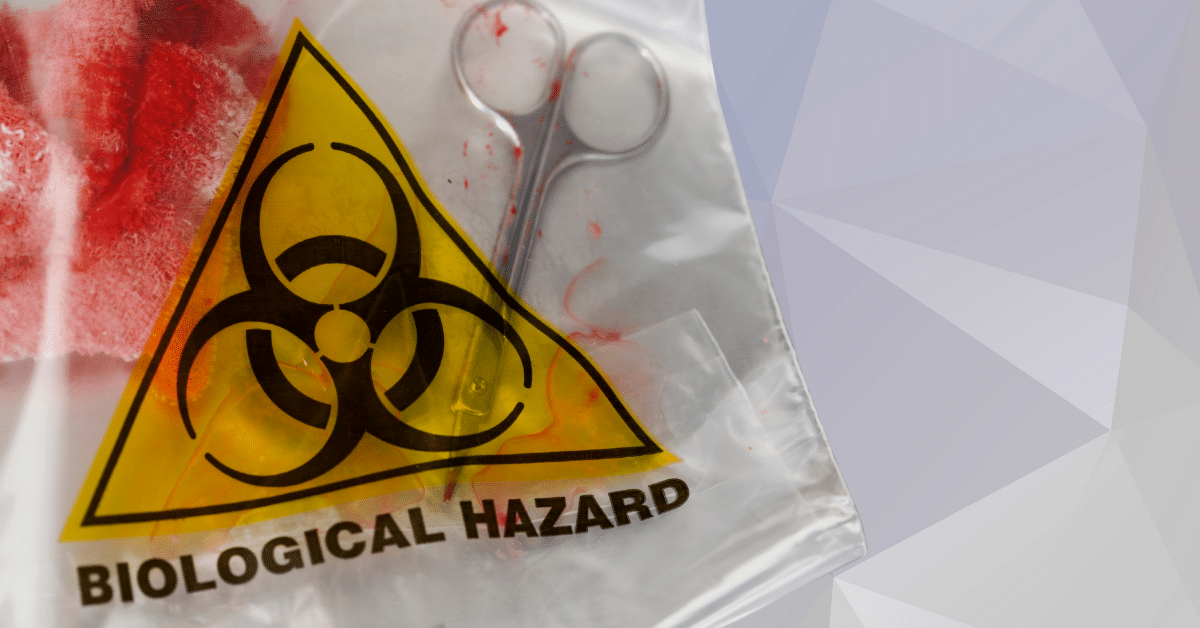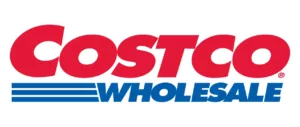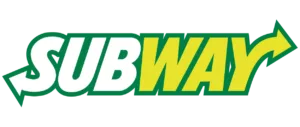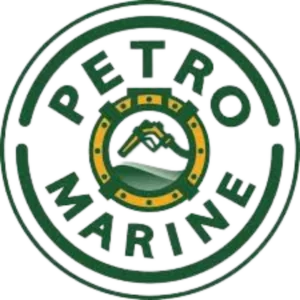On a rainy Tuesday, a new hire at a packaging plant opened a drum that was labeled only with a product nickname. The lid hissed, a supervisor hit the stop button, the area was cleared, and production shut down for an hour. No one was hurt, but everyone walked away rattled.
Later, the team realized the full label was still on the original container, and the Safety Data Sheet (SDS) was in a binder ten feet away. The problem was not a lack of equipment or paperwork. It was a lack of shared understanding.
That gap between what is on the label, what is in the SDS, and what people actually do is exactly what GHS and Hazard Communication training are meant to close.
Why This Matters: A Quick Story From The Floor
If you are new to working around chemicals, it is easy to feel overwhelmed. You see drums, bottles, and tanks with symbols and signal words, and it can all blend together.
When people do not fully understand those labels and SDSs, they guess. Guessing leads to near-misses, small incidents, and sometimes serious injuries. A clear system for classifying and communicating hazards, backed by practical training, provides everyone with a common playbook, so you don’t have to rely on memory or assumptions in a stressful moment.
What GHS And HazCom Cover
Think of GHS, the Globally Harmonized System, as the shared language for chemical hazards. Think of OSHA’s Hazard Communication Standard (29 CFR 1910.1200) as the rulebook for how that language is used in the workplace. Together, they standardize:
- How hazards are classified
- What must appear on labels (pictograms, signal words, hazard statements, precautionary statements)
- What belongs in Safety Data Sheets (16 sections, always in the same order)
- What employers must teach workers, and how that information must be made available
HazCom is not optional or “nice to have.” It is consistently one of OSHA’s most frequently cited standards across industries. Citations often stem from issues with written programs, labeling, SDS access, or inadequate training.
Many employers address this by including a structured GHS and Hazard Communication Training Course as part of their onboarding and refresher programs, ensuring that everyone learns to use the same system consistently.
Putting GHS and HazCom basics into Practice
You will hear about the fundamentals repeatedly in orientation because they are the backbone of chemical safety.
- Labels are your traffic signs.
Look first for the signal word (“Danger” or “Warning”), then the pictograms (red diamonds with icons), hazard statements (what can go wrong), and precautionary statements (what to do about it). In the United States, eight GHS pictograms are enforced; the environmental symbol is optional. - Safety Data Sheets are your owner’s manuals.
Every SDS follows the same 16-section layout.- Sections 1–8: quick-action information (identification, hazards, first aid, firefighting, spills, handling, exposure controls).
- Sections 9–11 and 16: technical data, stability information, and revision history.
- Training is an ongoing process.
OSHA requires effective information and training at initial assignment and whenever a new chemical hazard is introduced. Training must be delivered in a language and format workers actually understand, not just in a slide deck you see once.
What Changed In 2024 And Why It Matters For You
On May 20, 2024, OSHA finalized updates to the Hazard Communication Standard, primarily aligning with GHS Revision 7, with some elements from Revision 8.
Key points for new employees:
- The rule took effect July 19, 2024.
- There are phased compliance dates:
- Substances: 18 months after the effective date, plus 6 more months for updating workplace programs, labels, and training.
- Mixtures: 36 months plus the same 6-month window for updates.
- You may see clearer labels and SDS language, more flexibility for very small containers, a new “desensitized explosives” hazard class, and acceptance of certain non-animal test methods for skin effects.
You do not need to memorize the regulatory text, but you should understand that labels and SDSs may change as your employer updates them to meet these new requirements.
Read Any Label In Under 60 Seconds
When you pick up a container, having a consistent reading habit keeps you from missing something important. A well-designed GHS course for workers will often teach a simple sequence like this:
- Start with the signal word.
“Danger” means a higher level of hazard than “Warning” and tells you to slow down and focus. - Scan the pictograms.
Match the icons to the corresponding risks: flame, skull and crossbones, corrosion, gas cylinder, exclamation mark, health hazard, flame over a circle, or exploding bomb. - Read the hazard statements.
These explain, in plain language, what could happen (for example, “Highly flammable liquid and vapor”). - Follow the precautionary statements.
These tell you what to do to stay safe (“Keep away from heat and sparks,” “Wear eye and face protection,” “Use only outdoors or in a well-ventilated area”). - Note the product identifier and supplier.
This allows you to quickly access the correct SDS if you need more detail or if something goes wrong.
Those five steps transform an unfamiliar container into clear, usable guidance in under a minute.
Safety Data Sheets: Pages That Save Time
SDSs can look intimidating at first, but you do not have to read every word to use them effectively. Treat them as quick-reference tools:
- Go straight to Section 2 (Hazard Identification) for hazard classes and pictograms. You will get a fast snapshot of the risk.
- If something goes wrong, Section 4 (First Aid Measures) and Section 6 (Accidental Release Measures) tell you what to do in the first few minutes.
- For prevention, Section 8 (Exposure Controls/Personal Protection) helps you select the appropriate gloves, respirators, and ventilation equipment.
- Section 9 (Physical and Chemical Properties) helps supervisors confirm that storage conditions and process controls are appropriate.
A good practice during toolbox talks is a 60-second “find and tell” drill: someone calls out a scenario, and another person has one minute to find the relevant SDS section and explain the key point.
Training That Sticks In Week One
Your primary goals for the first week are to become confident in reading labels, identifying SDSs, and following local procedures. A simple training rhythm might look like this:
- Day 1: Walkthrough of label elements, SDS navigation, and where to find both in your work area.
- Day 3: Short scenarios using real facility chemicals (spills, splashes, fumes) so people can practice what to do.
- Day 5: A walk-through audit where each new hire points out one improvement opportunity, such as a hard-to-read label or an SDS binder that is not easy to access.
Many employers base this onboarding on the same core content used in OSHA Hazard Communication training, ensuring consistent examples and expectations from the classroom to the shop floor.
What The Numbers Show About Chemical Risk
The statistics behind HazCom are not just background noise. They describe what happens when labels, SDSs, and training are not used well:
- In 2023, U.S. private industry employers reported about 2.6 million nonfatal injuries and illnesses.
- Exposure to harmful substances or environments contributed to hundreds of fatalities in the same year.
- OSHA has estimated that chemical exposures contribute to roughly 190,000 illnesses and 50,000 deaths annually.
Behind these numbers are real workplaces where containers were not clearly labeled, SDSs were difficult to access, or people were unsure of the protective steps to take. Effective communication and training are designed to push your workplace in the opposite direction.
Common HazCom Mistakes To Avoid
If you are new, it helps to recognize mistakes that show up often in inspections and incident reviews:
- Using “nicknames” on secondary containers.
Every workplace label requires the full product identifier and the necessary hazard information, not just the generic term “degreaser” or an internal code. - SDSs that are technically available but hard to reach.
If they are locked in an office or only on a computer you cannot access on your shift, they are not truly available. - Training that happens once and never again.
HazCom training must be updated when new hazards are introduced and should be delivered in a way that makes sense to the actual audience. - Outdated or incomplete written programs.
Many OSHA citations can be traced back to written plans that have not been updated to reflect current inventories, labeling systems, or procedures.
Spotting these gaps early and bringing them to the attention of your supervisor or safety lead is part of working safely.
Mini Case Study: Three Near-Misses, One Lesson
Consider these three situations:
- A janitorial team mixed two cleaners, releasing a respiratory irritant. The label had clearly stated “Do not mix with other products.”
- A welder grabbed solvent-soaked rags and left them near a hot surface. The can had a flame pictogram, but the job briefing skipped over it.
- A technician ignored “Use only in well-ventilated areas” on an aerosol can and began to feel dizzy. The SDS had detailed ventilation requirements in Section 8.
What links these events is not a lack of documents. It is a lack of label literacy, quick SDS access, and short, repeated training that turns information into habit.
Legal And Compliance Snapshot For New Employees
You do not have to become a legal expert, but you should be aware of what is supposed to be in place around you. When your employer delivers Hazard Communication for employees, it should help you confirm that:
- A written Hazard Communication program is in place, covering the chemical inventory, labeling system, SDS management, and training approach.
- You can find SDSs quickly during your shift, whether on paper or on a digital system that you can actually access.
- You receive training at the initial assignment and again when new hazards are introduced, in clear and concise language that is relevant to your job.
If any of this is missing, it is worth speaking with your supervisor or safety lead. These expectations are derived directly from OSHA’s Hazard Communication Standard, specifically 1910.1200(h), which pertains to information and training.
Choosing The Right Course And Getting ROI
If you are responsible for rolling out training to a mixed workforce, you want something that feels authentic to your people, not generic. A well-chosen program should:
- Use examples that mirror your actual chemicals, containers, and tasks.
- Include practical drills where workers practice reading your labels and finding your SDSs.
- Offer modules in plain English and in the primary languages spoken on your floor.
- Provide short, focused assessments followed by clear feedback rather than a simple pass or fail.
- Generate records you can sort and present during audits or internal reviews.
Many organizations begin by enrolling staff in a reputable GHS and Hazard Communication Training Course, then supplement it with site-specific walkthroughs and practical exercises. The return shows up on the floor: faster SDS retrieval in drills, fewer labeling issues, clearer PPE choices, and smoother audits when inspectors ask how you train your team.


















